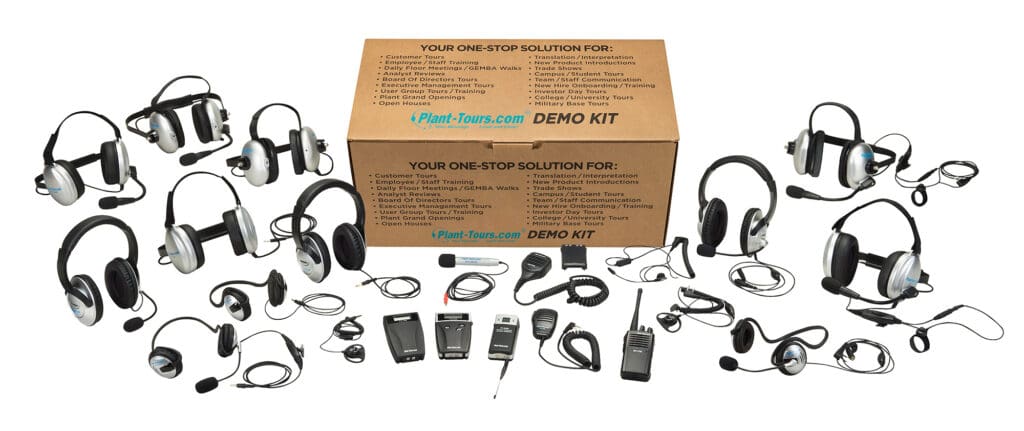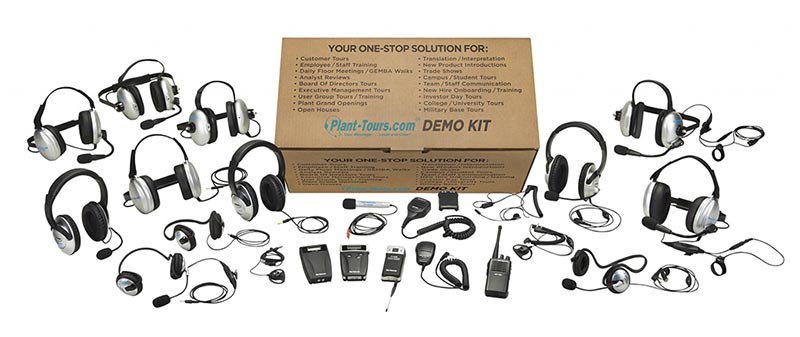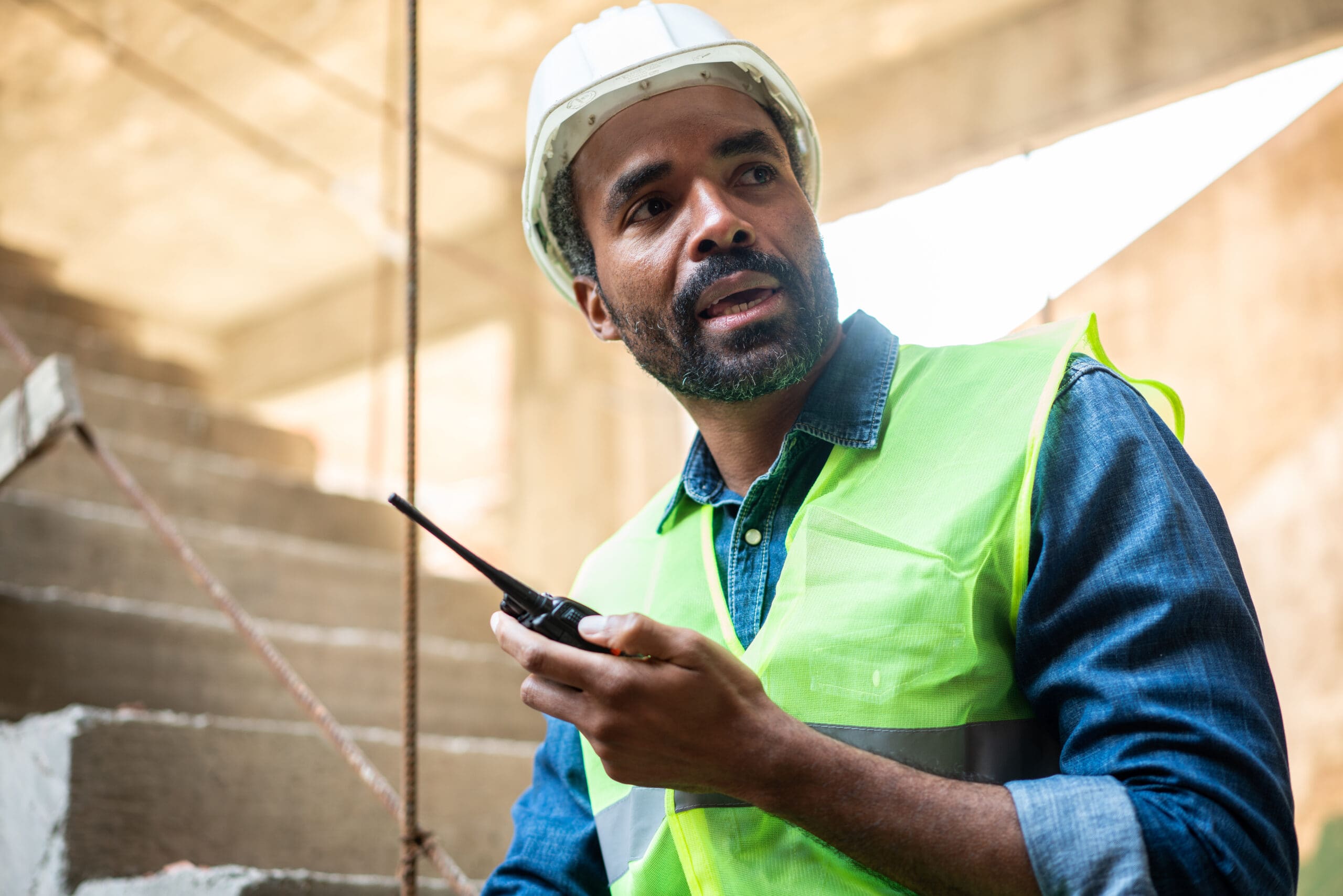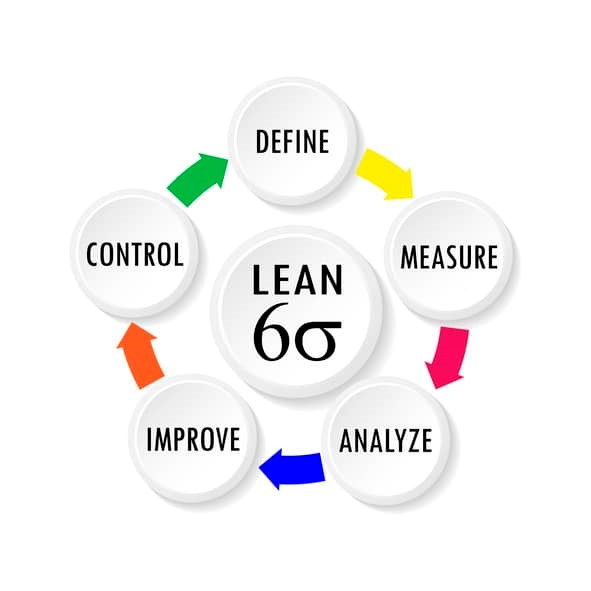What is the Difference Between Simultaneous and Consecutive Interpretation
Simultaneous interpretation and consecutive interpretation are two different methods of interpreting, each with its advantages and disadvantages. Our clients use both forms of interpretation but tend to use each in different settings and circumstances due to their distinct characteristics.
Simultaneous interpreting involves the interpreter conveying the translation in real time as the speaker is still speaking. Typically, it’s used in large conferences or events. Consecutive interpretation involves rendering the speaker’s message after they have finished. This type of interpretation is mostly used in smaller meetings or business negotiations.
Simultaneous interpretation is more suitable for large-scale events where translation is needed in real-time. Consecutive interpretation is used for smaller settings where speakers can pause to allow the interpreter to provide the translation. Both ways typically involve a translation headset system and a skilled interpreter with the ability to convey messages accurately in different languages.
What Is Interpretation?
Interpretation is the process of transferring spoken or signed messages from one language into another. This enables effective communication between those who speak different languages. Professional interpreters play a crucial role in the modern world helping to facilitate understanding and bridging language barriers. Interpreters work in various settings and many different industries, such as international conferences, business meetings, presentations, negotiations, factory tours, depositions, court proceedings, and hospitals.
There are several modes of interpretation, including simultaneous interpretation, consecutive interpretation, whispered interpretation, and sight translation. In our experience, for business settings, simultaneous interpretation and consecutive interpretation using modern communication headsets and microphones are by far the most popular. Whispered interpretation is effectively a low-tech form of simultaneous interpretation where the interpreter sits beside the recipient and whispers the interpretation. Sight translation refers to the oral reading and translation of written text.
 Simultaneous vs Consecutive Interpreting
Simultaneous vs Consecutive Interpreting
Simultaneous and consecutive interpreting are the two most common types of interpretation methods used in professional scenarios. However, there are key differences between them:
Delivery method and technology
Simultaneous interpreting involves conveying the message in the target language while the speaker is delivering it, usually requiring technology such as communication headsets, microphones, and possibly soundproof booths. At a minimum, the interpretation is usually delivered to the participants through headsets which allows them to listen in their preferred language without interrupting the speaker.
On the other hand, with consecutive interpreting the interpreter listens to the speaker and makes notes, then conveys the message after the speech, or during natural (or pre-arranged pauses). Typically, very little equipment is required for consecutive interpretation if the interpreter and recipient are in the same location.
However, for online Zoom-type meetings using a remote interpreter, both simultaneous and consecutive interpretation will require communication equipment such as microphones and headsets for all participants.
Speed and timing
Consecutive interpretation will usually require the speaker to deliver their speech in segments, with built-in pauses to allow the interpreter time to provide the translation from notes taken during the speech to aid memory and accuracy. This process takes much longer, especially in a large event or conference where there may be many different speakers and questions.
Simultaneous interpretation is much faster but requires the high-level skills of a professional linguist, as they need to process the information quickly in the source language and deliver it in real time in the target language. There are no set pauses between the speaker’s words and the interpreter’s translation. The interpreter listens to the speaker through headphones and translates at the same time.
When to Use an Interpreter
Effective international communication is a requirement for any business operating in the global marketplace, but language barriers can often present a challenge. A professional interpreter will normally be required in key situations such as meetings, negotiations, training, workshops, plant tours, and site visits. Headset technology can help bridge the gap between the speaker and the audience.
Translator or Interpreter: What’s the Difference?
A translator and an interpreter are both skilled professionals who provide language services, but they perform different tasks. An interpreter works with spoken language and needs to have excellent oral communication skills. They must be able to listen to a speaker in one language and convey the message accurately in another language. On the other hand a translator works with written text, converting the text from one language to another. They focus on precise translation services to ensure that the meaning of the original text is preserved in the target language. Translators often work in specific subject areas on a wide range of written materials. Typically, translators will have much more time for research and can consult additional resources while translating. Interpreters often have little to no time to research or use references.
Use Cases for Simultaneous
Simultaneous interpretation is perfect for large events with lots of speakers, particularly where multiple languages are involved. Simultaneous interpretation allows participants to understand and respond in real time. This promotes efficient communication without causing significant disruptions or delays, perfect for conference interpreting.
Use Cases for Consecutive
Consecutive interpreting works well in one-on-one meetings, medical consultations, and legal proceedings where note-taking allows for a more detailed interpretation with follow-up questions.
How Communication Technology can Improve Interpretation Practices
Overall, communication technology can play a crucial role in modern interpretation practices by enabling real-time and remote interpretation in multiple languages, while facilitating, recording, and documenting. We have found that our range of advanced communication headsets and microphones greatly improves the experience for interpreters and participants. Crystal clear audio quality through modern headsets can make a huge difference in meetings and tours where interpretation in multiple languages is required in real-time. Our customer feedback suggests that having a sensitive high-quality microphone for the interpreter is crucial too.
Communication technology allows interpreters to provide services during a meeting or event. This eliminates the need for interpreters to be physically present, saving time and expense. Remote interpretation can be done through video conferencing, over the telephone, or via bespoke interpretation platforms.
Modern communication platforms can facilitate interpretation services in multiple languages at the same time, in the same room, without interference. Headsets and transceivers are available with multiple discreet channels so interpreters can provide translation to specific groups in their chosen language and each group can also clearly have their questions translated in real-time. This is particularly useful for international business meetings and online conferences.
Whether you require real-time interpretation for large conferences or a more interactive approach for one-on-one meetings, professional interpreting equipment with advanced communication technology can significantly enhance the process.
At Plant-Tours we are so confident that we have the best communication headset solutions for interpreting services, we’ll let you try them for free. Our free demo kit includes all the headset combinations for a two-person test at your place of business. Take your time and try each headset within your environment to make sure you find the best possible solution.










